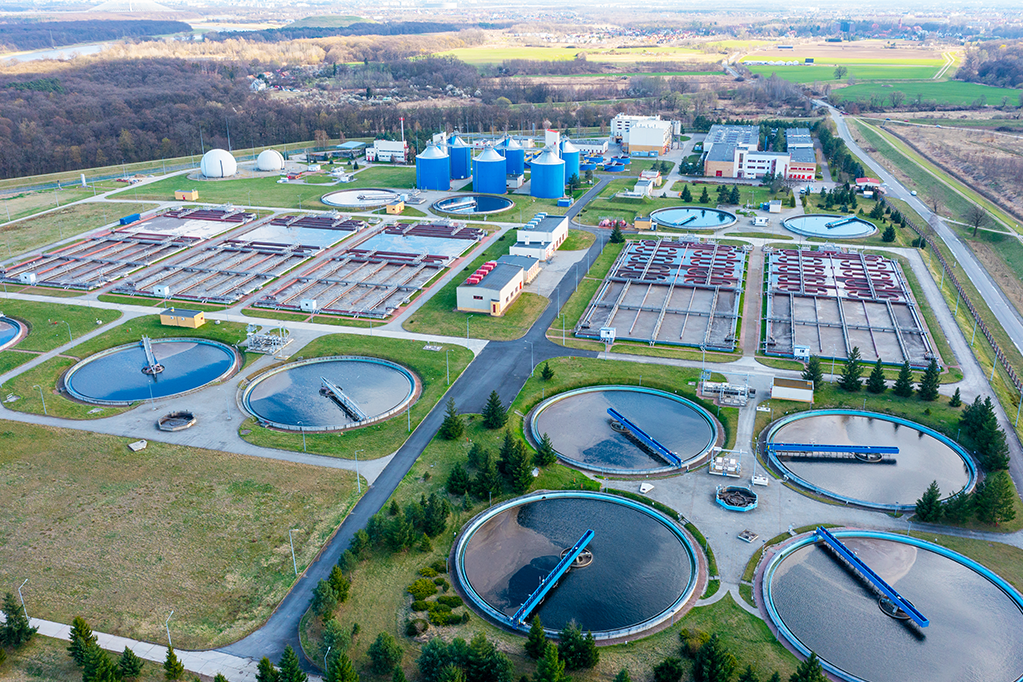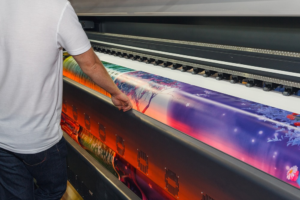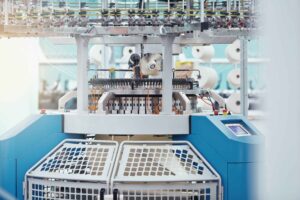Textile industry is a completely water intensive industry and it heavily relies on water usage for its own survival. The industry approximately needs 1 billion cubic metres of water daily as reported by a study by Accenture & IOCL in 2018. In fact, even by rough calculations more than 20,000 litres (5,283 gallons) is required to produce just one kilogramme (2.2 pounds) of cotton, which roughly equals one t-shirt and a pair of jeans. This is as much as what a single person would drink in over 3 years. As expected, if the population rises to 8.5 billion people by 2030, it is evident that the overall textile consumption will increase by 63 per cent—from the current 62 million tonnes to 102 million tonnes in 2030.
In such a scenario, sufficient water to meet the requirements of the textile industry’s basic function will become a critical concern if the industry does not look for the right remedies to balance its dependency on water. Let’s look at some of the meaningful actions that the industry has taken to reduce its dependency on water.
Smart meters are being set-up to keep a tab on water consumption
A lot of companies all across industries are installing smart water meters, which helps reduce the water loss, greatly. Smart water meters identify consumption patterns and inefficiencies that aids in reducing water loss by 40 per cent every month. The meters allow early leak identification and smart water meters enable early and more accurate leak detection, which translates into better monitoring of water usage and saves unnecessary repair expenditures later. Adapting to these meters in the industry set-up helps keep usage under check and difficulties at bay.
Adapting to new techniques for processing
Bulk of the water in the industry is consumed in washing at the end point of every process. Even the processing of yarns also requires huge volumes of water. To put a check to this and reduce the water dependency of the industry, the new-age set ups have started to bring in a bevy of new techniques to make processing more eco-friendly. In fact, flow reduction is one such stellar technique and it aims to use less amount of water in production to minimize wastewater effluents. This is expected to achieve about 15% savings, providing only the required amount of water to the equipment, using the proper amount of water depending on the fabric weight, using an automatic shutoffs/flow limiters, adopting the counter flow of wash water in finishing plants, i.e., scouring, mercerizing, or dyeing in continuous ranges, decreasing the amount of wash water through using high-efficiency washers, and using low wet pick-up technology, whenever possible, in textile wet processing, e.g., low add-on technique, foam technique.
Water recycling to make it worth every penny
Water reuse basically reduces hydraulic loadings to treatment systems by using the same water in more than one process. Water reuse coming from advanced wastewater treatment (recycle) is not considered an in-plant control, because it does not deal with reduction of hydraulic or pollutant loadings on the treatment plant.
Water reuse is the usage of the process water more than once and this can be accomplished by using rinse water from one operation for makeup water in a second operation, e.g., mercerizing rinse water can be used to prepare scour, chlorine bleach, or wetting out baths, bleach-rinse water can be used for rinsing scoured fabric, clean-cooling water can be reused directly in other processes, e.g., hydrosulfite reduction-cooling water can be reused as indigo wash water, and cooling water can be reused in the final rinse of dyeing, steam condensate can be collected for reuse and reuse of clarified print-wastewater in washing the blankets and screens of the print machines.
Apart from this, few important things that the industry is doing to stay on track with their water reduction efforts are:
- Separation of water from the contaminants introduced by the process, with subsequent recycling. The contaminants are concentrated to the point where no liquid waste is generated (ZERO DISCHARGE). At least 80 % of the waste water is reused as process water.
- Recovery of recyclable materials from the wastewater and reuse of these materials in the process (e.g., size, caustic soda etc.)
- Recovery of thermal energy.
This is just the tip of the iceberg and the industry is working day-in and day-out to stabilise their efforts so that they are able to balance their dependency on water. A lot will be achieved through these right efforts in the time to come.






